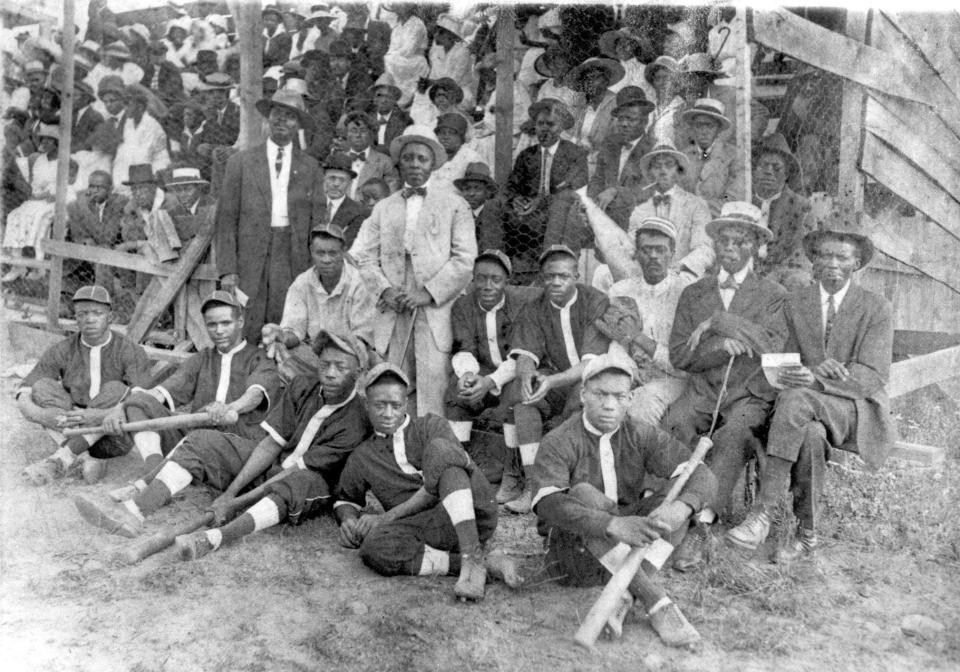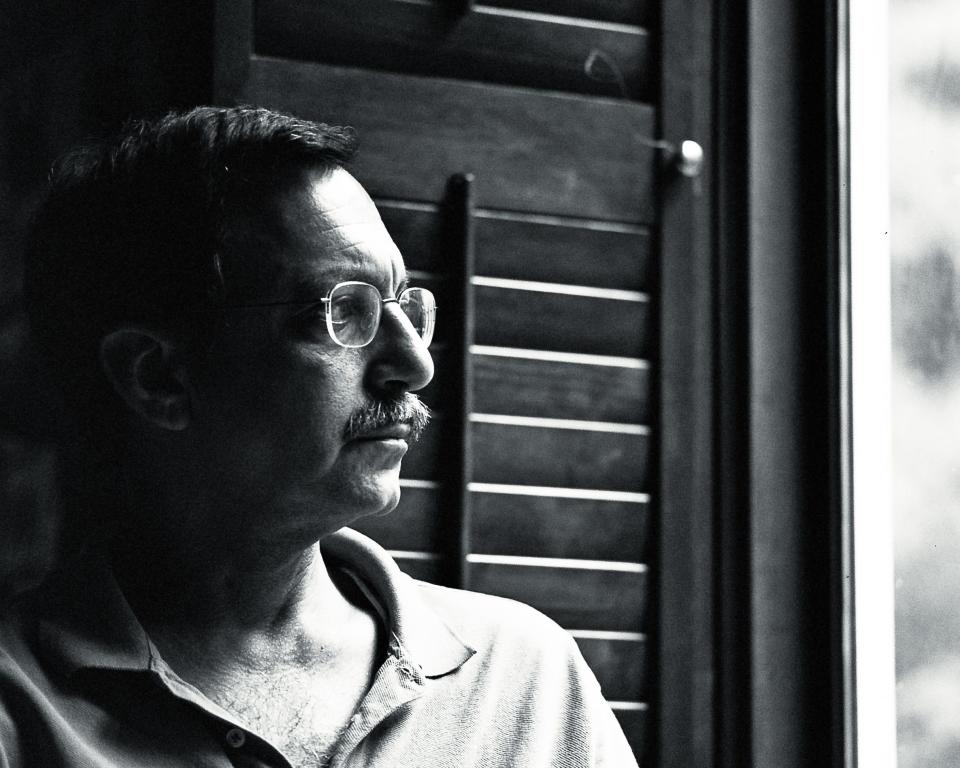Visiting Our Past: African American neighborhood was suburban haven for old families
When Lasker and Doshia Bell rumbled into the Burton Street development in a buggy and wagon in 1920, they passed through a West Asheville populated by very few subdivisions.
The African American development had been the 1912 creation of E.W. Pearson, a veteran of the Spanish-American War. In making a place for suburban African Americans, he had been acting as agent to the owner of what had been called Parkview Plat.
Pearson organized the Buncombe County Agricultural Fair, which took place in Pearson Park and attracted both African American and white fairgoers. Burton Street's first families — Bells, Longs and MacMickens, among others, called their new home place "the country."

A semiprofessional baseball team, the Asheville Giants, regularly played in Pearson Park. The park's level fields exist no more, having been bulldozed, mounded up and commercially developed beside Interstate 240.
Louise Hudgens, oldest daughter of Lasker and Doshia, could point from her front doorstep to where the field had been. She was 6 when her family moved in — her father, a drayman, having driven a wagon with their furnishings; her mother having led a buggy down a dirt road with no street sign.
"Go and find out the name of this street," Doshia had told her two oldest children.
"We went running down the street," Hudgens said. "Somebody up the street told us Fayetteville. We came running back down shouting, 'Faceville! Faceville!'"
It had been an idyllic time for the children of Burton Street. They played in the woods and creek that extended along and past where Patton Avenue now runs. In these woods, their parents grazed livestock, supporting a small-farm lifestyle that enabled them to survive hard times.
Music was a big part of every part of life. The Burton Street children sang at church and at play. In one case, a few made it all the way to Hollywood to become members of the famous Cabin Kids. Louise's sister, Elizabeth Conley, had a chance to be one of them but chose to stay home. Haywood Horne, a talented neighbor, visited the Bell and Pearson living rooms, improvising swing tunes on their pianos as couples danced in a supervised environment.
Burton Street family heritage — musical and otherwise — goes back a long way in Buncombe County.
When Lasker Bell carted his possessions into West Asheville, they included a piano. His family had come from Weaverville and was, on his mother's side, a Weaver.
In 1918, Bell took part of his family to Petersburg, Virginia, to take advantage of the educational opportunities at Virginia State College. Louise, age 5, was left with her maternal grandmother, Lula Elizabeth Wilson of the Hazzard Street community, in what had once been called East Asheville. Wilson was caring for her father, James Parks, born in Buncombe in the 1840s, as well as for many neighbors, and was known as "the mother of the hill."
Lasker and Doshia Bell were strong supporters of children's education. Five of their children went to college. That wagon that Lasker had driven to Fayetteville Street had contained the family piano.
It also served, in subsequent years, to drive neighborhood children to school if they didn't have the money to take the city bus.

Rob Neufeld wrote the local history feature, "Visiting Our Past," for the Citizen Times until his death in 2019. This column originally was published Jan. 6, 2007.
This article originally appeared on Asheville Citizen Times: Visiting Our Past: Burton St. neighborhood was haven for old families

